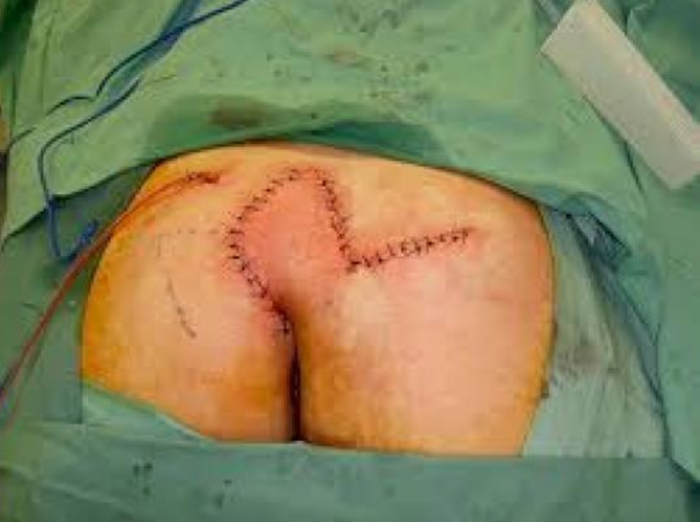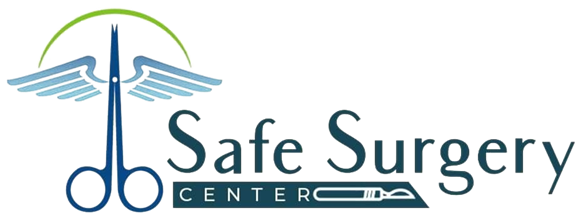
Pilonidal sinus
Pilonidal Sinus: Recent limberg Flap Technique
Pilonidal disease is a type of skin infection which typically occurs between the cheeks of the buttocks and often at the upper end.
Pilonidal sinus (PNS): is a sinus tract or small channel, may originate from the source of infection and open to the surface of the skin. Material from the cyst may drain through the pilonidal sinus. A pilonidal cyst is usually painful, but with draining, the patient might not feel pain. Diagnosis is based on symptoms and examination.
Signs and symptoms
Pilonidal cysts/sinus is formed in the gluteal cleft.
Pilonidal cysts are itchy and are often very painful, and typically occur between the ages of 15 and 35, usually found near the coccyx.
Pain/discomfort or swelling above the anus or near the tailbone
Opaque yellow (purulent) or bloody discharge from the tailbone area
Unexpected moisture in the tailbone region
asymptomatic.
Causes
Obesity
One proposed cause of pilonidal cysts is an ingrown hair.
Excessive sitting, pressure on the coccygeal region.
Excessive sweating.
Moisture can fill a stretched hair follicle, which helps create a low-oxygen environment that promotes the growth of anaerobic bacteria, often found in pilonidal cysts.
Treatment
Antibiotic therapy
If there is an infection, treatment is generally by incision and drainage just off the midline. Shaving the area may prevent recurrence.
More extensive surgery may be required if the disease recurs.
Excision of Cyst (along with pilonidal sinus tracts). Post-surgical wound packing may be necessary, and packing typically must be replaced once daily for 4 to 8 weeks. In some cases, two years may be required for complete granulation to occur
.Limber Flap Technique
Reconstructive flap technique, such as a "cleft lift" procedure or Z-plasty, usually done under general anaesthetic. This approach is especially useful for complicated or recurring pilonidal disease, leaves little scar tissue and flattens the region between the buttocks, reducing the risk of recurrence. This approach typically results in a more rapid recovery than the traditional surgery, does not require dressings or packing and allows the return to normal activities within 1 to 2 days.



